Pollution Exported by Japanese Companies: Water Contamination by Hexavalent Chromium Continuously Found around the Nickel Projects in the Philippines
The results of water analysis surrounding nickel mining sites and the nickel processing plants in Rio Tuba and Taganito in the rainy season 2019
Friends of the Earth (FoE) Japan, with the cooperation of a Japanese citizen’s expert, has been continuously analyzing the water quality in the areas of the Nickel Processing Plant Projects and the Nickel Mining Projects since 2009, which has entered the 11th year. In the river water and springs around the Nickel Processing Plant Projects and the Nickel Mining Projects (refer to Table 1 below) which have got involved in Japanese companies, it has been found that hexavalent chromium or Cr (VI) have exceeded the Japanese Environmental Standards (0.05 mg / L or less). In particular, the survey during the rainy season confirmed again that the figure of hexavalent chromium rapidly increased in rivers flowing from the mine area after rainfall.
Cr (VI) is known as high toxicity due to carcinogenicity, liver damage, and skin disease etc. From the viewpoint of preventing long-term health damage and ensuring the security and life of the local people in the future, the project companies must establish and implement any immediate and effective anti-pollution measures. In addition, the Japanese companies and public agencies concerned are required to ensure the compliance of the same level of Japanese standards, so that they don’t export the pollution with “double standards” under the weak governance or regulation of the local government.
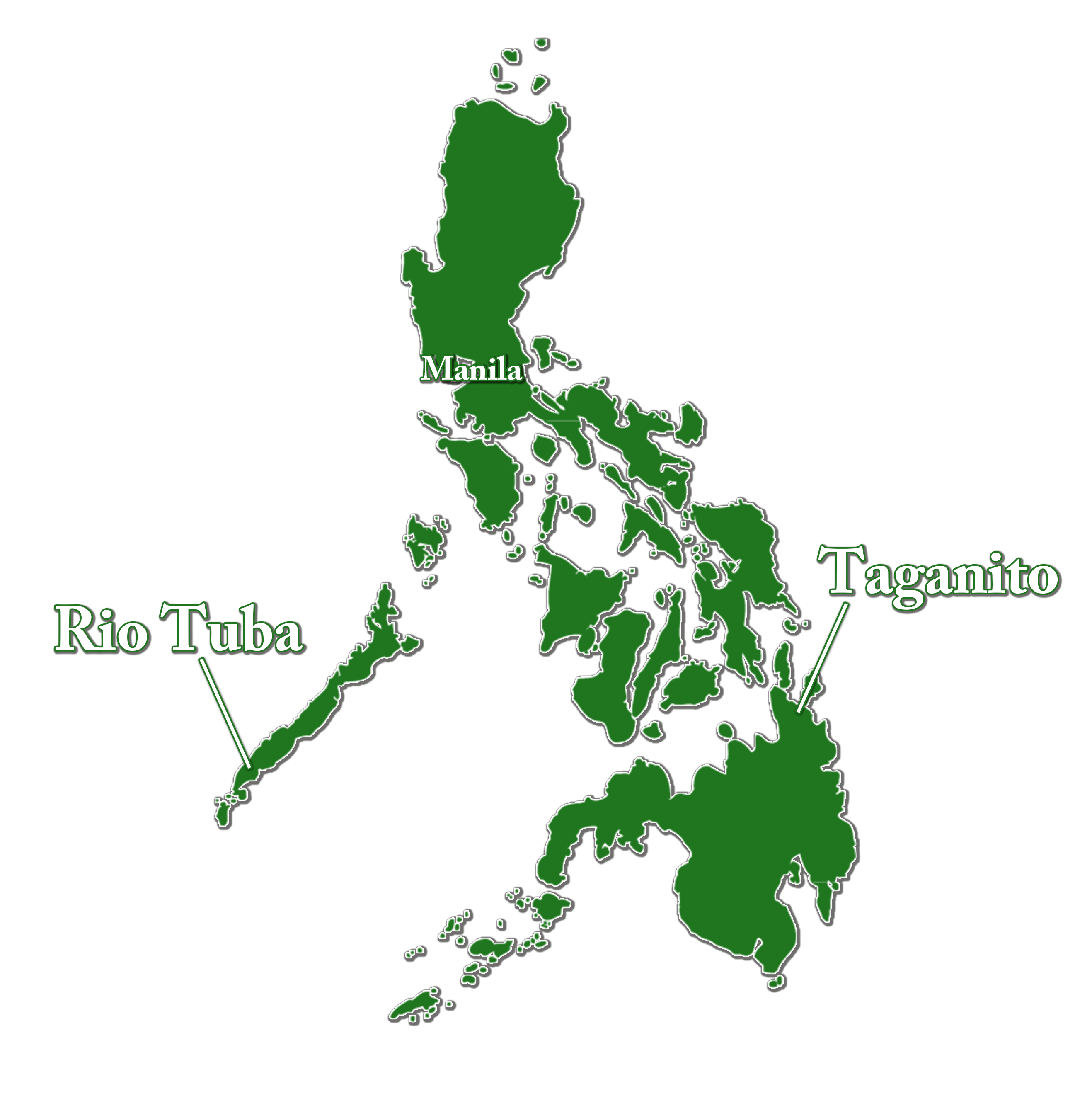
| Place | Bataraza, Palawan | Claver, Surigao del Norte | |
|---|---|---|---|
| Mining Development | Project Operator | Rio Tuba Nickel Mining Co. (RTNMC) (Nickel Asia Corp.(NAC*)60%、PACIFIC METALS CO.,LTD.[PAMCO] 36%、Sojitz 4%) | Taganito Mining Co. (NAC* 65%、PAMCO 33.5%、Sojitz 1.5%) |
| Start of Operation | 1975 | 1987 | |
| Mining Permission | 990 ha (Until 2023) | 4,682.75 ha (Until 2034) | |
| Processing Plant | Project Operator | Coral Bay Nickel Co. (Sumitomo Metal Mining [SMM] 54%、MITSUI & CO., LTD. 18%、Sojitz 18%、RTNMC 10%) | Taganito HPAL Nickel Co. (SMM 75%、NAC* 10%、MITSUI & CO., LTD. 15.0%) *SMM has 26% stake in NAC |
| Project Cost | 1st plant = around USD 180 million 2nd plant = USD 307 million | Around USD 1.59 million | |
| Public Agency | 1st plant = Japan Bank for International Cooperation (JBIC) (Loan: USD 70.315 million)/Nippon Export and Investment Insurance (NEXI) (Insurance) 2nd plant = NEXI (Insurance) | JBIC (Loan: around USD 750 million and around USD 108 millin) NEXI (Insurance) | |
| Start of Operation | 1st plant = April 2005 2nd plant = June 2009 (Annual Production Capacity: 24,000 tons in total) | September 2013 (Annual Production Capacity: 30,000 tons) |
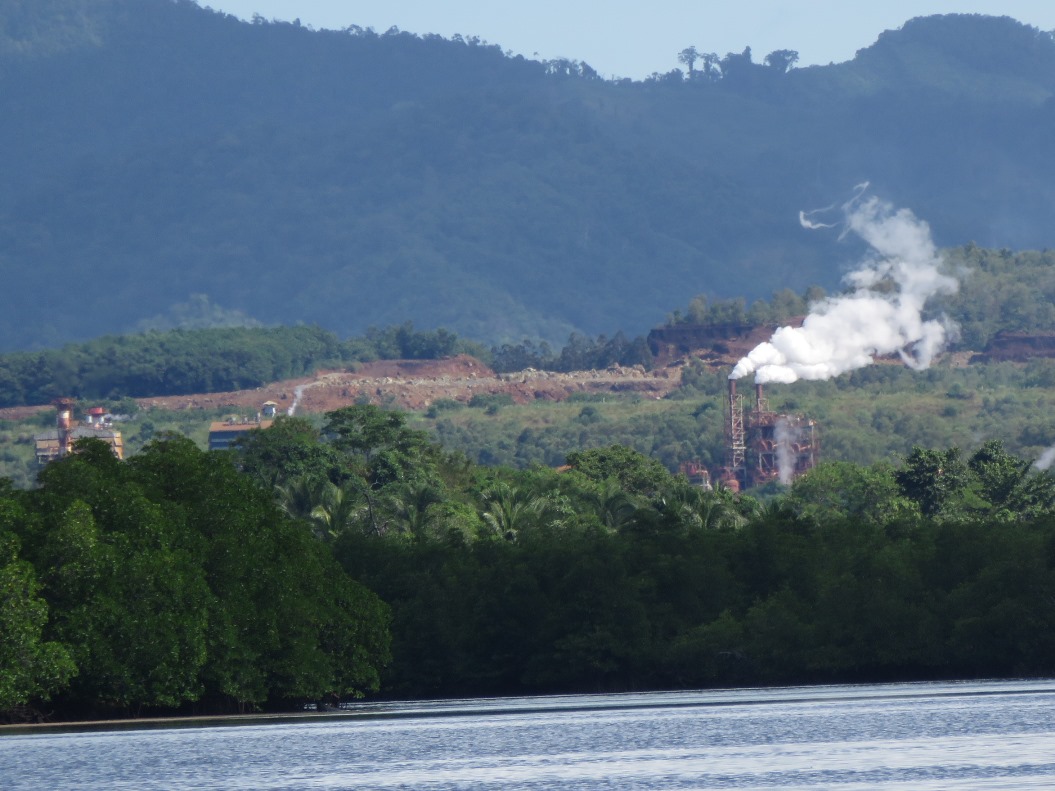
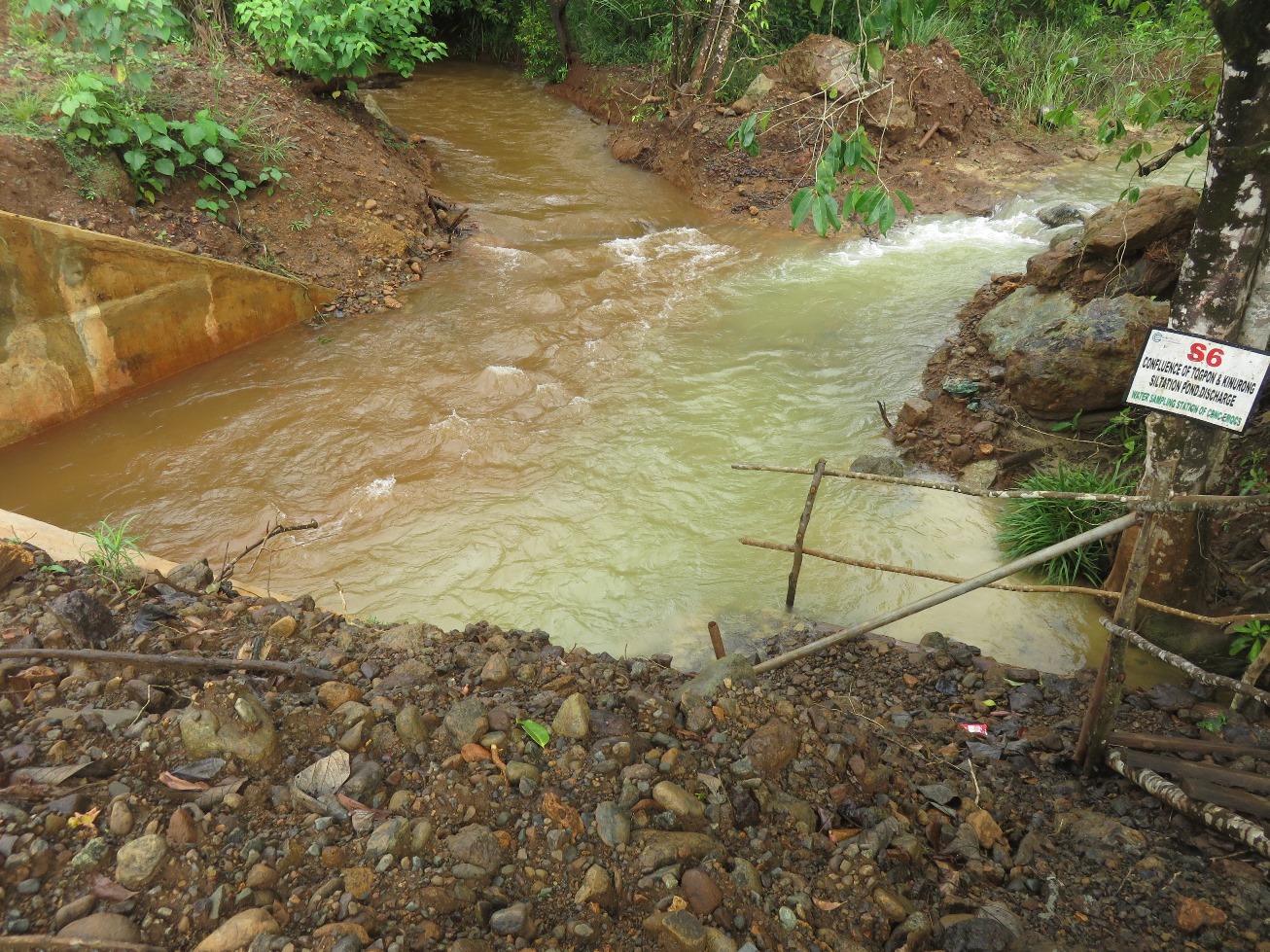
Water Quality Analysis in Rio Tuba, Bataraza, Palawan(October 2019)
The results of our water quality analysis for 11 years in Rio Tuba have proved that Cr (VI) in the Togpon River almost all the time in the rainy season exceeded the environmental standards in Japan, or “Environmental Quality Standards Concerning the Protection of the Human Health” (not exceeding 0.05 mg/L) (Refer to Table 2 below).

(*) Examination by ICP-MS, or Inductively Coupled Plasma Mass Spectrometer, at the laboratory in Japan
(**) On-the-spot examination by simple detector tube for Cr (VI)
(***) It was impossible to examine this water sample immediately due to the reddish brown muddiness. The above data of Cr(VI) is the result of examination after a half day when the inclusion was settled. Likewise, the above data of total Cr is the result of examination after filtering.
(Remarks: The figures in boldface are the water samples which exceeded the environmental standards in Japan, or “Environmental Quality Standards Concerning the Protection of the Human Health” [not exceeding 0.05 mg/L])
At the time of our water quality analysis in the rainy season (October 2019), the river flow of the Togpon River was larger than in the previous dry season. Even before the rainfall, the Cr (Ⅵ) simple detector tube just showed the standard of 0.05 mg / L. After collecting the water samples in the morning on the second day of the survey, there was heavy rain for about an hour even in the lowlands. In the water sample of the Togpon River collected after such rain, the value of the Cr (Ⅵ) simple detector tube showed significantly over the standard. In addition, the result of laboratory analysis in Japan was that the values of Cr (Ⅵ) were 0.0471 mg / L before the rainfall and 0.172 mg / L after the rainfall, which was about four times the standard value. As seen in photos 3 and 4 taken before and after the rainfall on the Togpon River, the color of the water flowing from the side of mining site (west side) was clearly reddish after the rainfall.
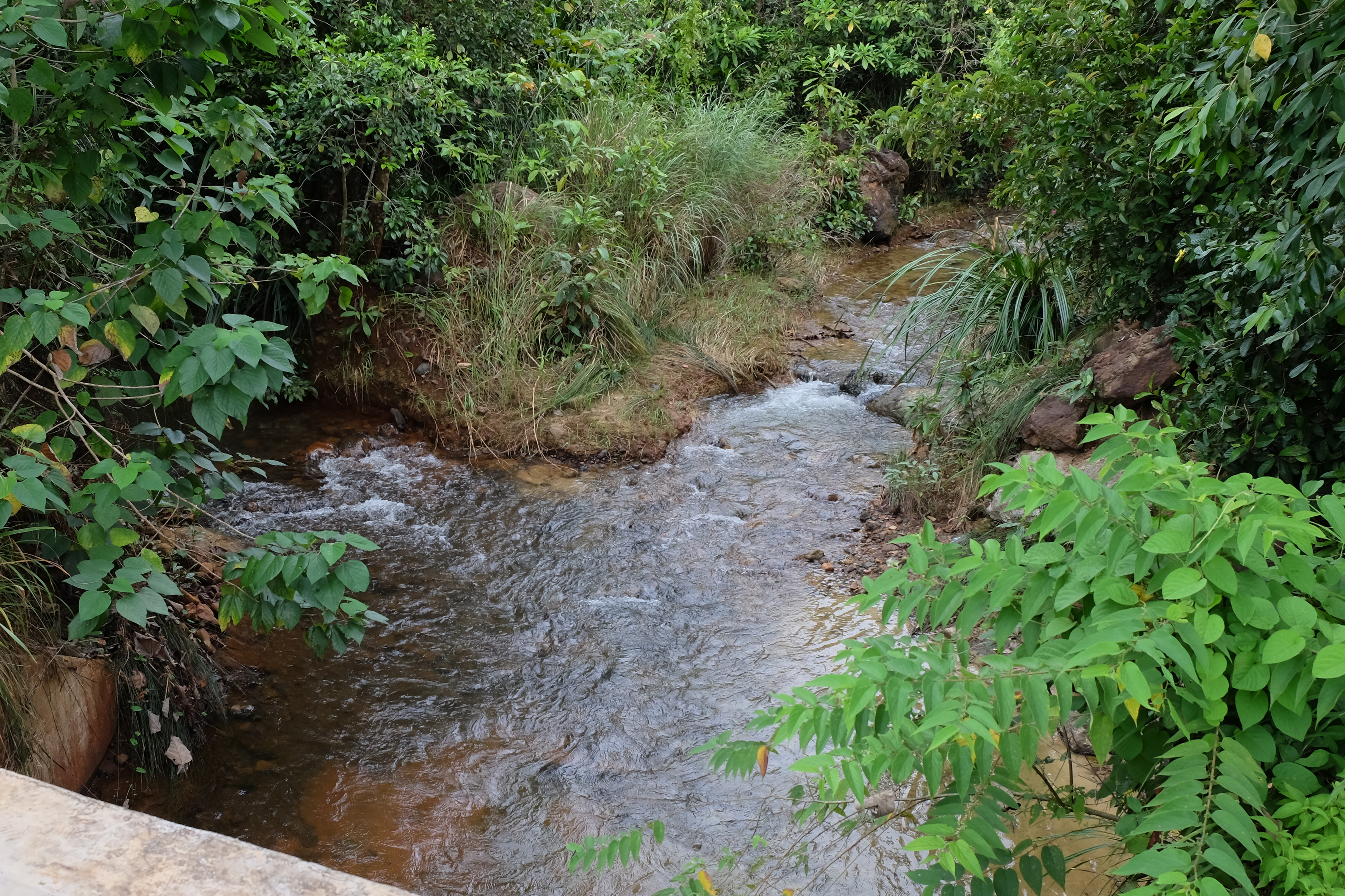
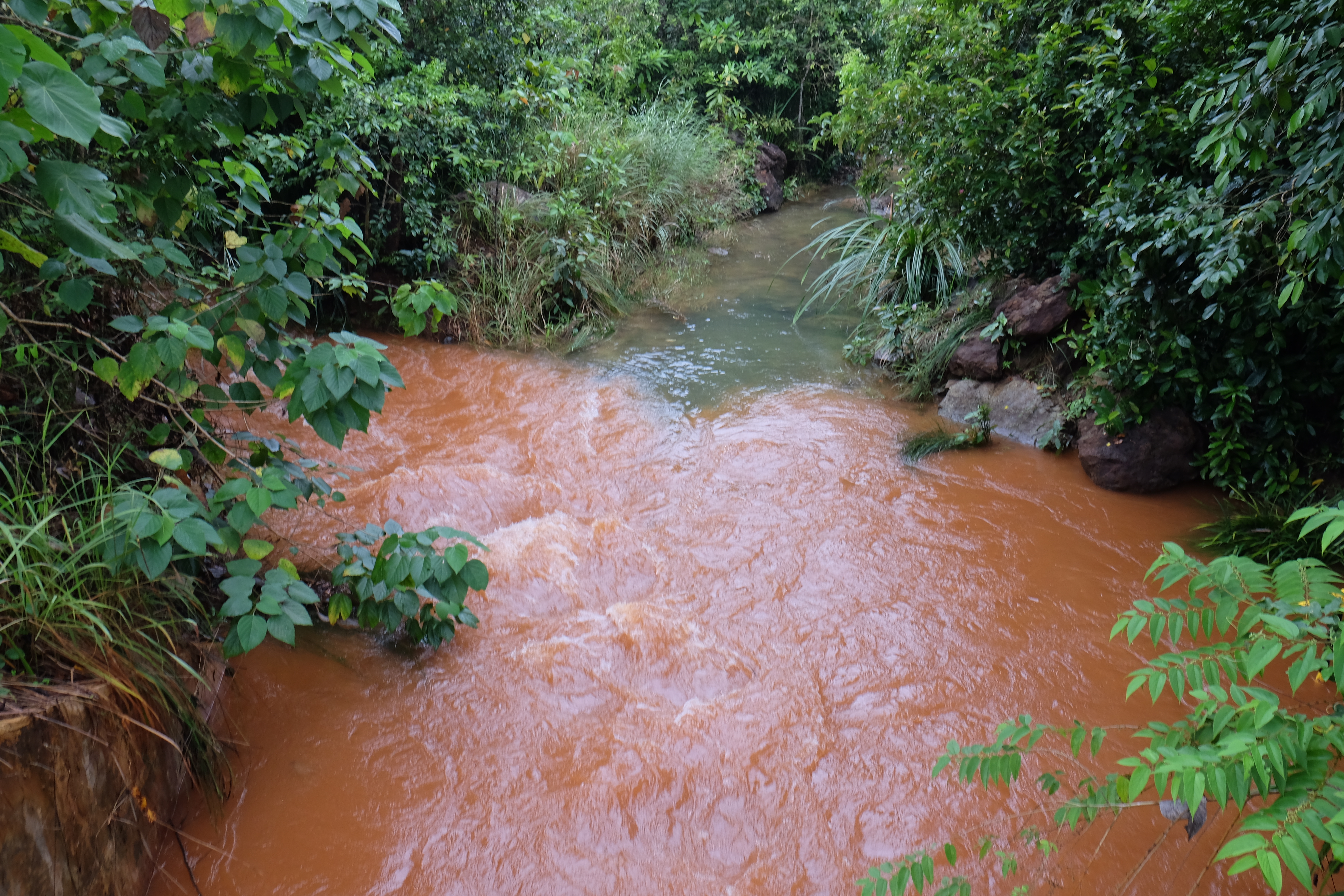
The expert pointed out the following issues with the results above (Refer to the document on the result for more details).
・Even in the rainy season, if there is little rainfall, the Togpon River is clear in appearance, but Cr (Ⅵ) is just around the standard value ( No.1 and No.2). There is no such thing as last time (March 2019: dry season) where all samples were ND (no detection). The river turned to unclean and reddish-brown, with Cr (Ⅵ) about four times higher than the standard, after only one hour of heavy rain fell in the mine area.
・It was reconfirmed that Cr (Ⅵ) was liquated mainly by rainfall in the mining and the processing plant areas.
・According to a Japanese company concerned, the project owners had started to take mitigation measures against Cr (VI) flowing out, such as covering the nickel ore stockpile with canvas sheets, excavating the siltation pond, and putting activated charcoal around the exit of siltation pond linking to Togpon River. Immediate drastic measures should be taken. As proposed at last year’s and this year’s meetings, reduction of Cr (Ⅵ) to trivalent chromium should be carried out on site.
・SMM must immediately take drastic anti-pollution measures, taking the joint responsibility with Rio Tuba Nickel Mining Co. (RNTMC), who is under its supply chain of raw material procurement. In addition, SMM needs to conduct the joint site investigation with the NGOs, which the NGOs have been proposing a long time so that drastic anti-pollution measures can be developed.
・Further, SMM must take measures to rehabilitate the mangrove ecosystem in the Rio Tuba bay, which has been heavily destroyed due to the serious contamination, but not only taking measures to improve the water quality in the Togpon River.
・During the meeting on October 29, 2019, SMM stated that it has begun planting mangroves, but more drastic environmental recovery measures are desired. For example, we would like to see measures to rehabilitate the fishery in Rio Tuba bay, such as removing sludge with a high heavy metal content that has accumulated in the mouth of the Togpon River.
・SMM must take measures to rehabilitate the mangrove ecosystem in the Rio Tuba bay, which has been heavily destroyed due to the serious contamination, but not only taking measures to improve the water quality in the Togpon River.
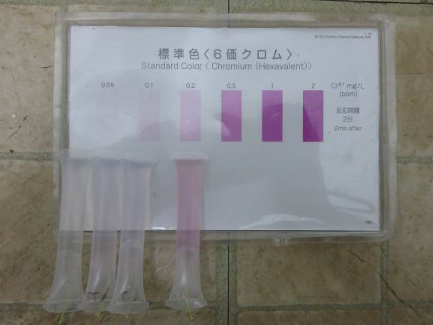
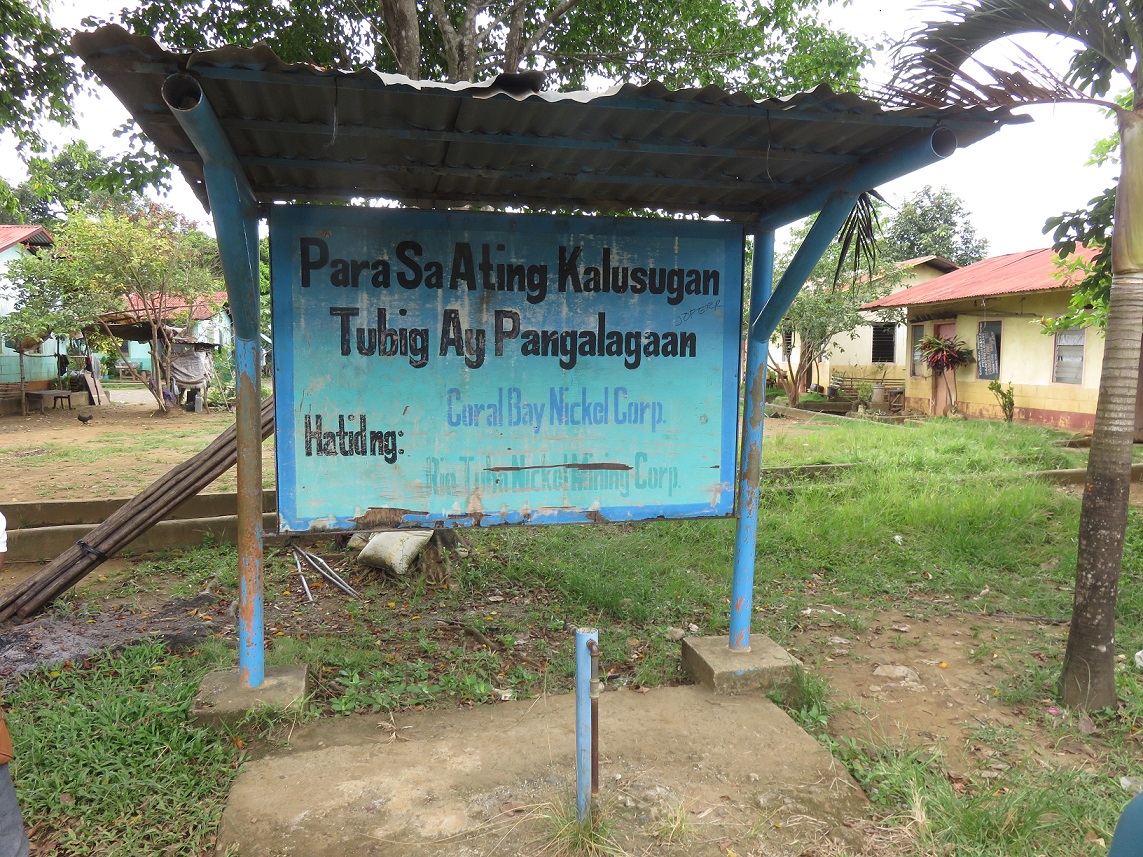
> Please see the detailed result and comments of the latest water analysis (in October 2019) by the expert at the following link;
– Map of Locations of Water Sampling in Palawan (October 2019)